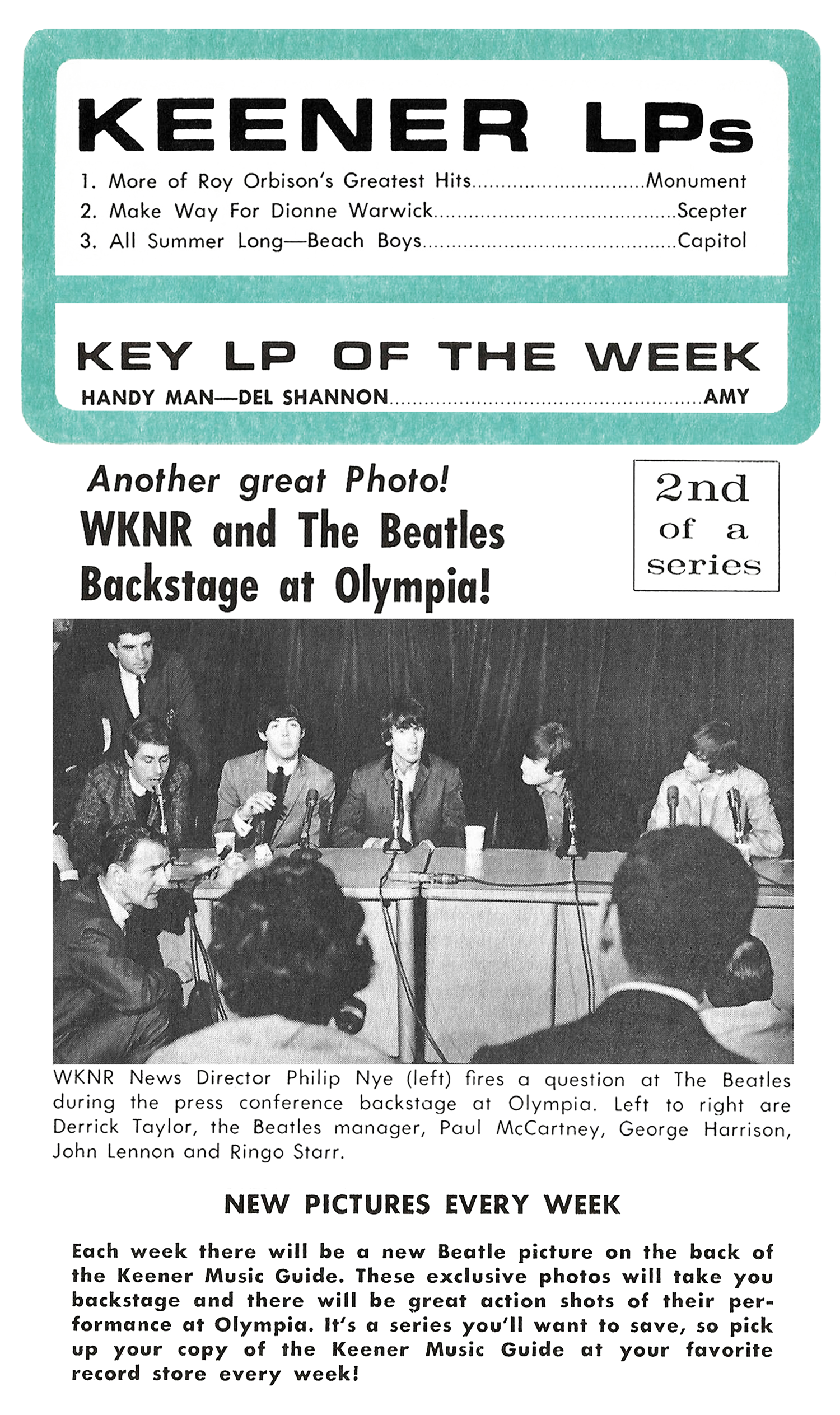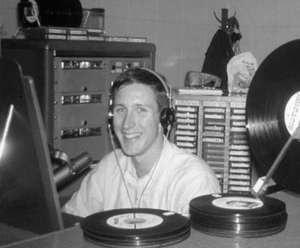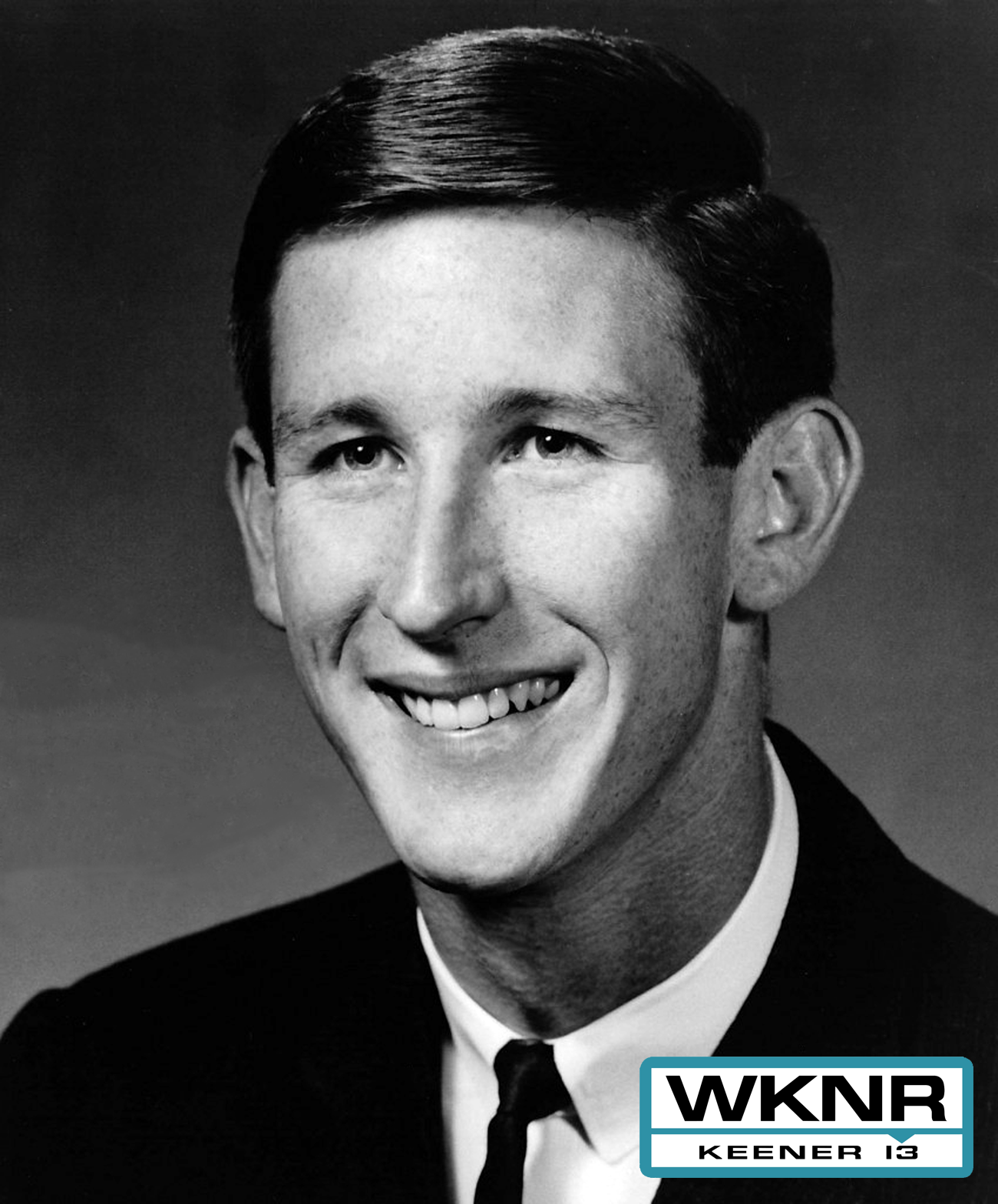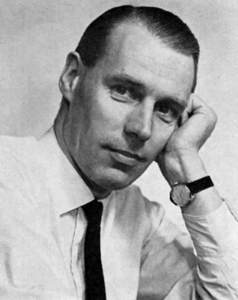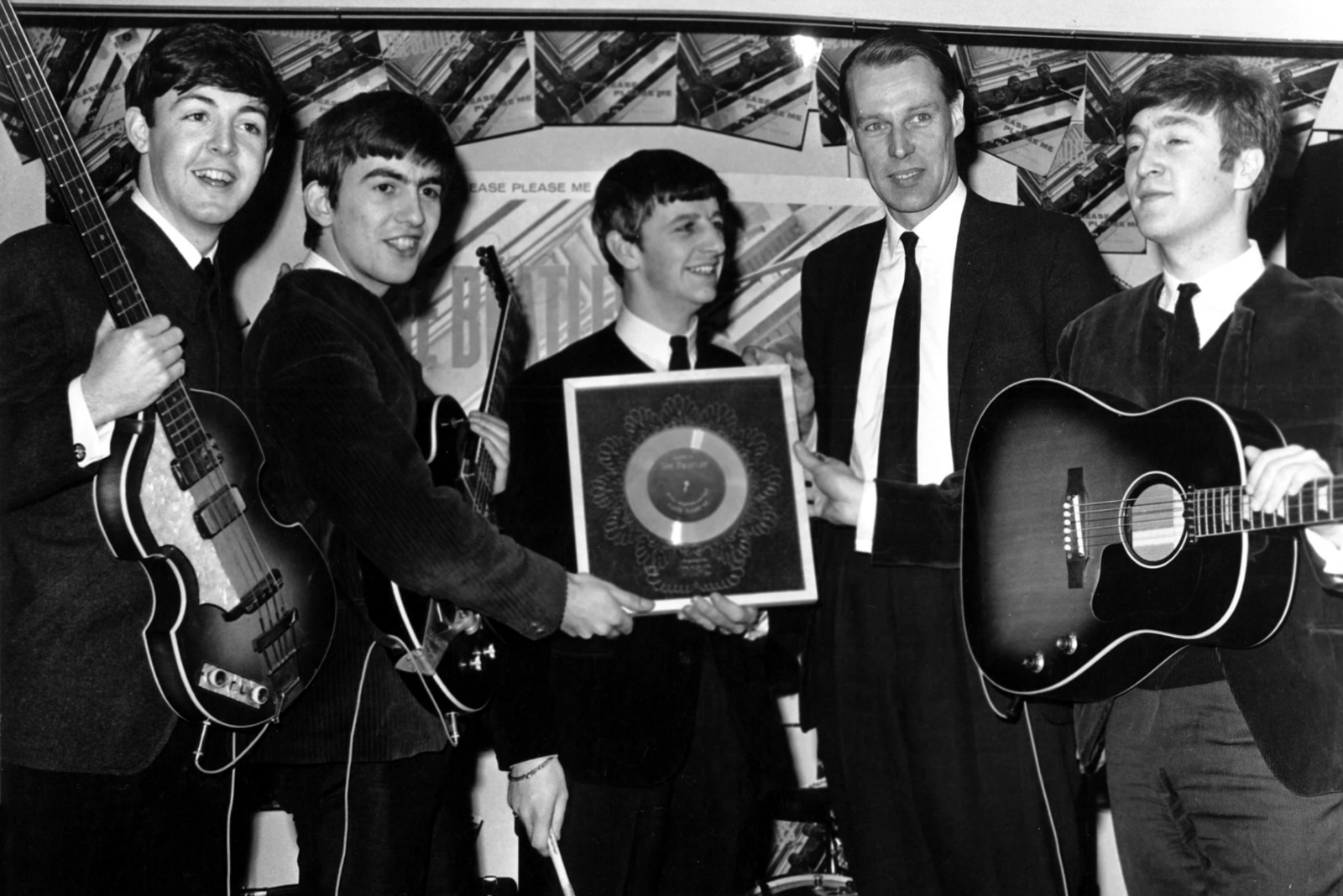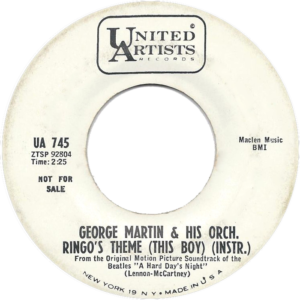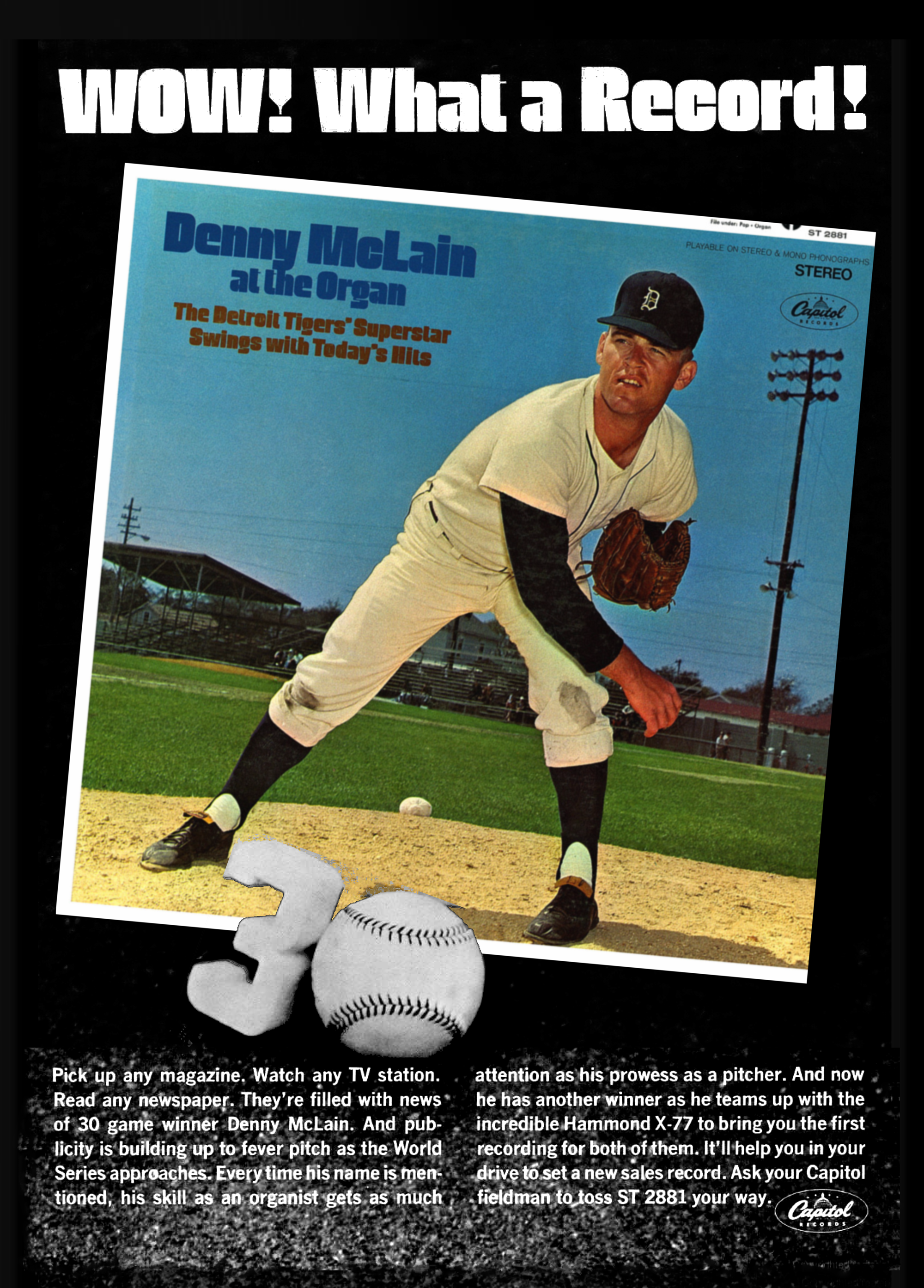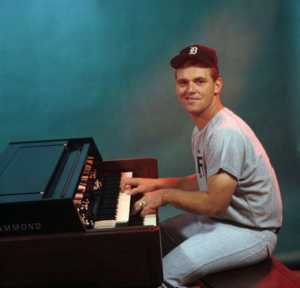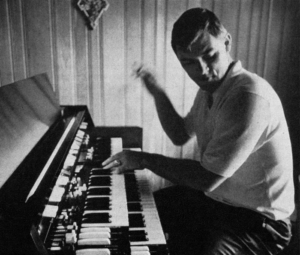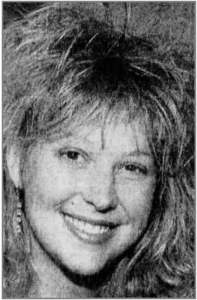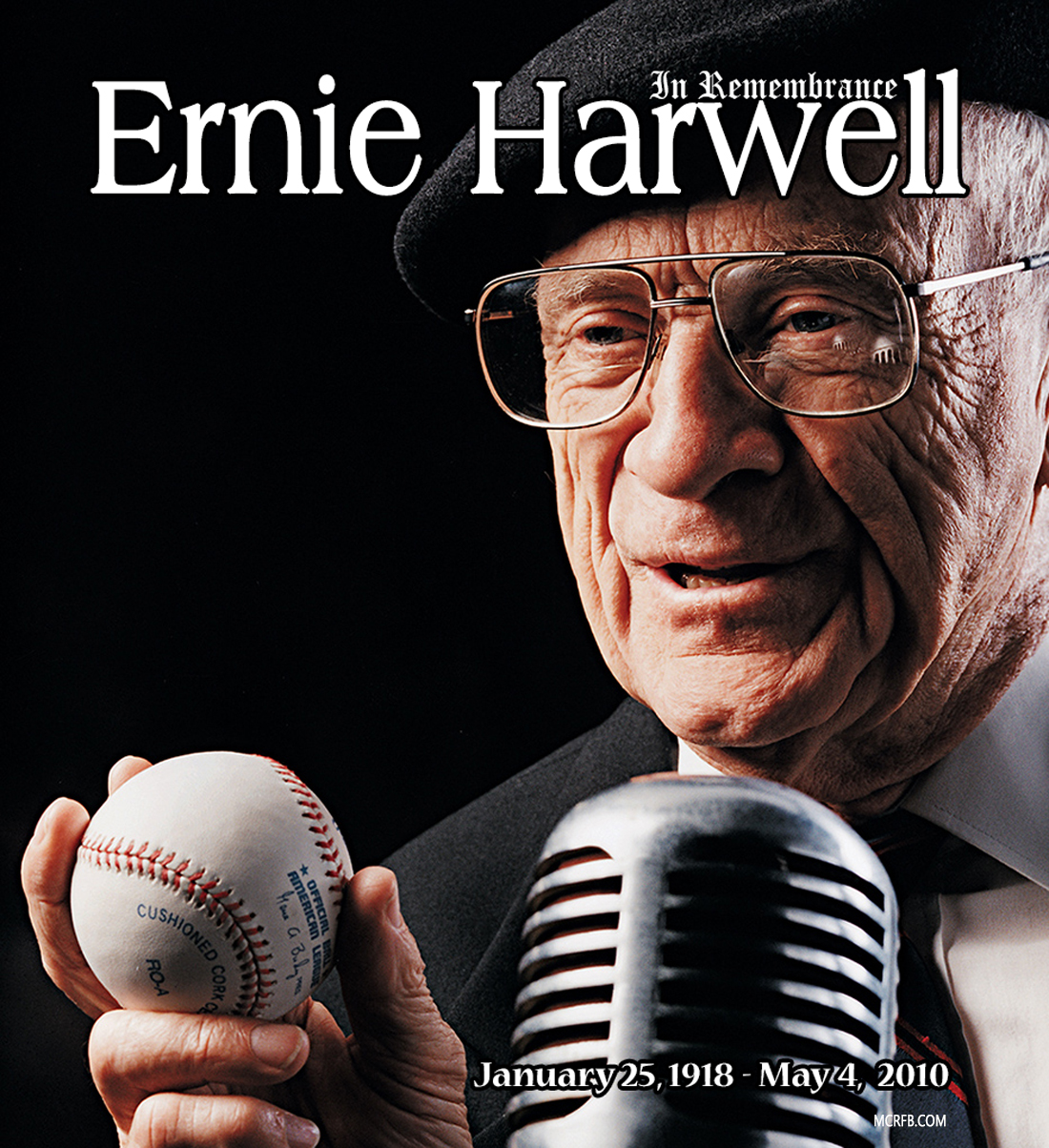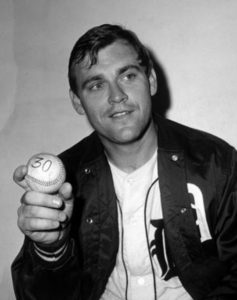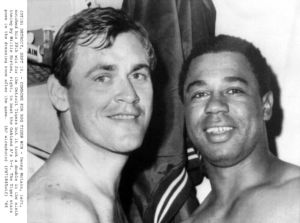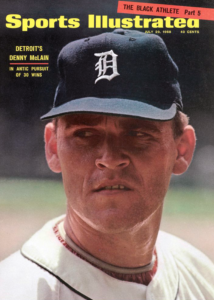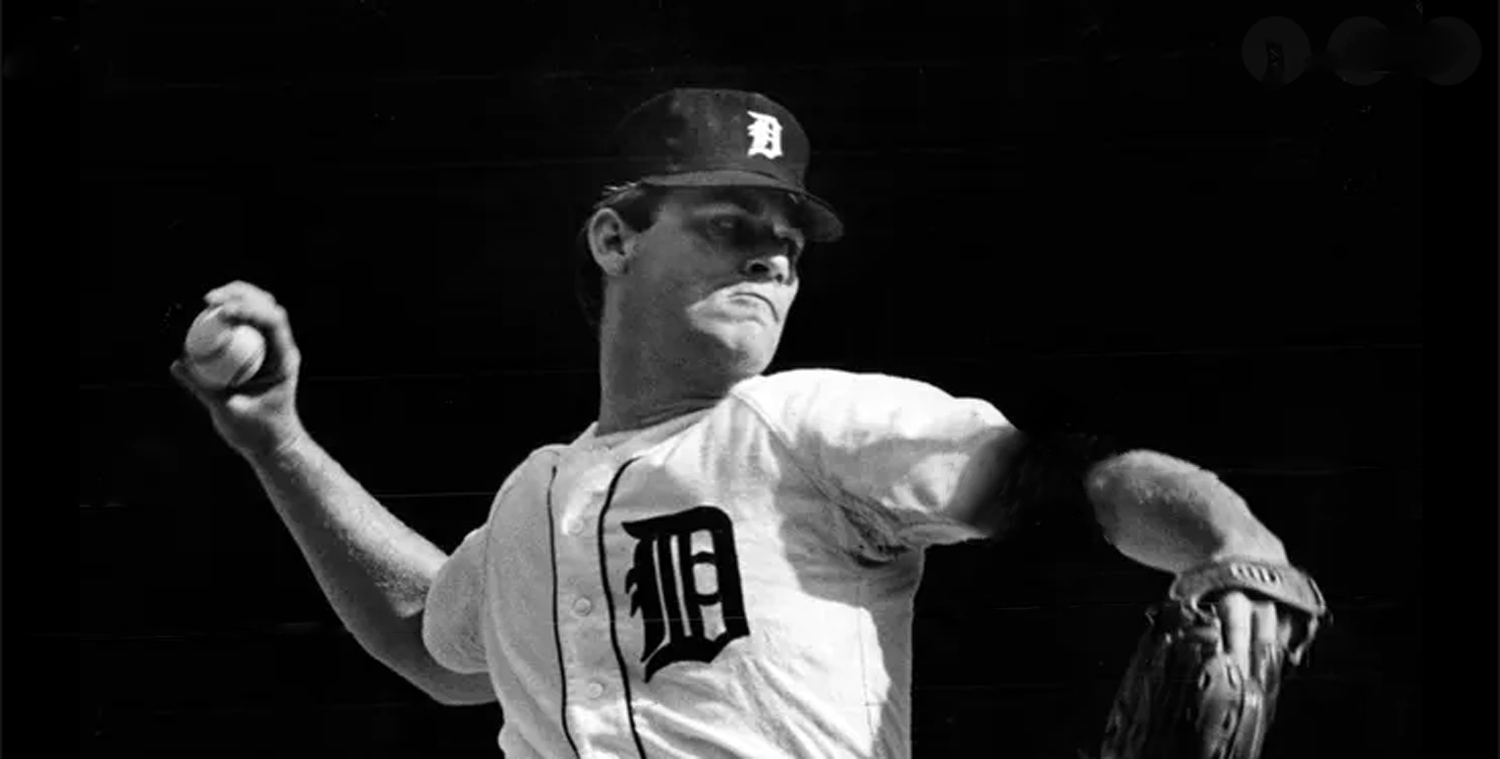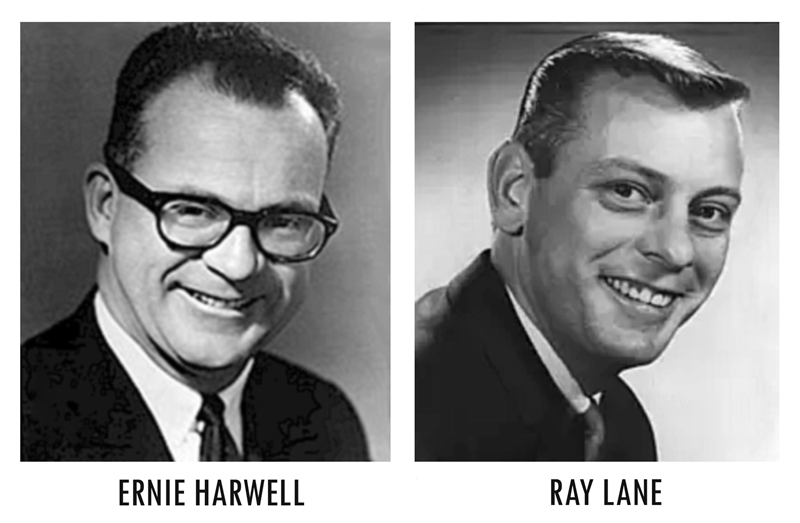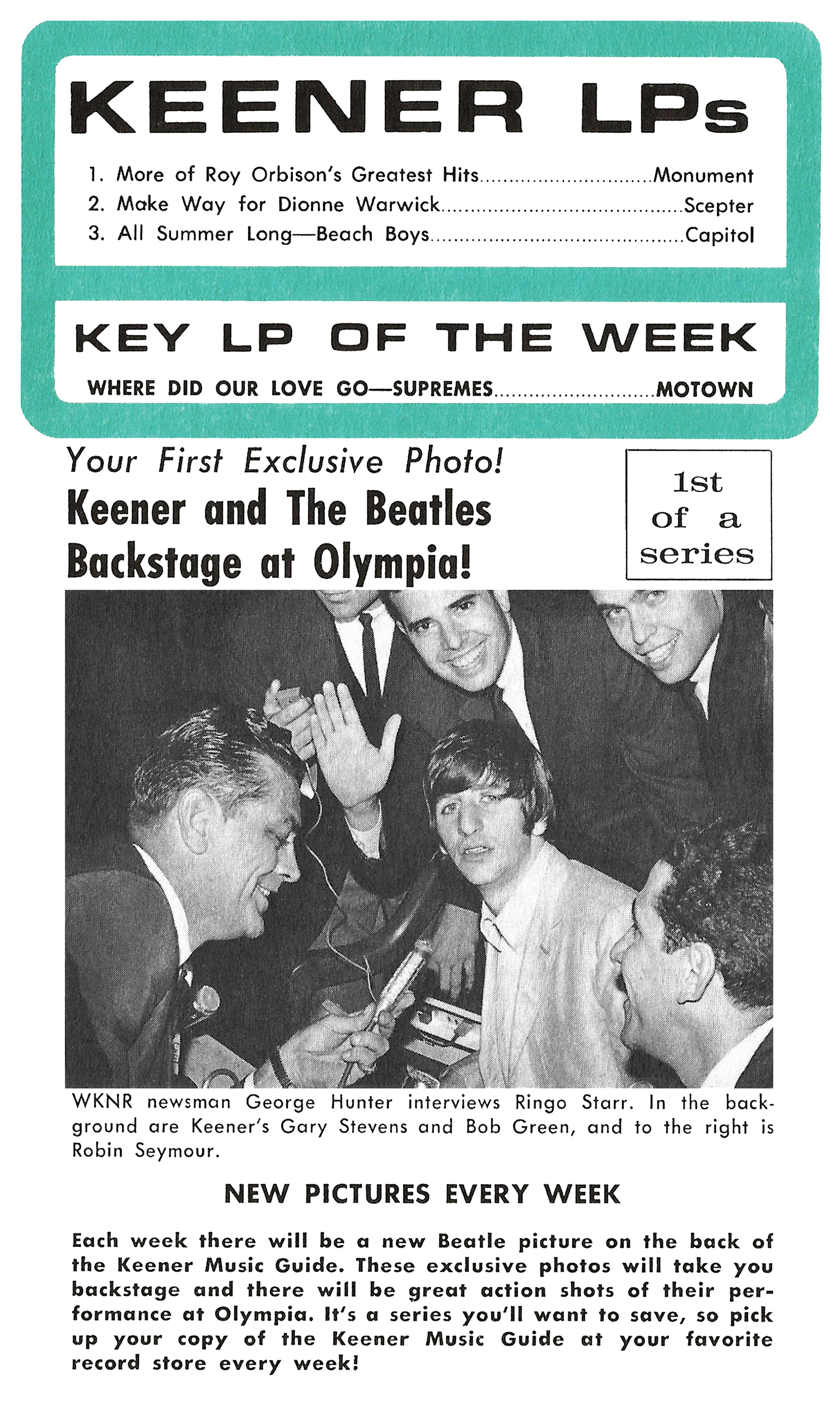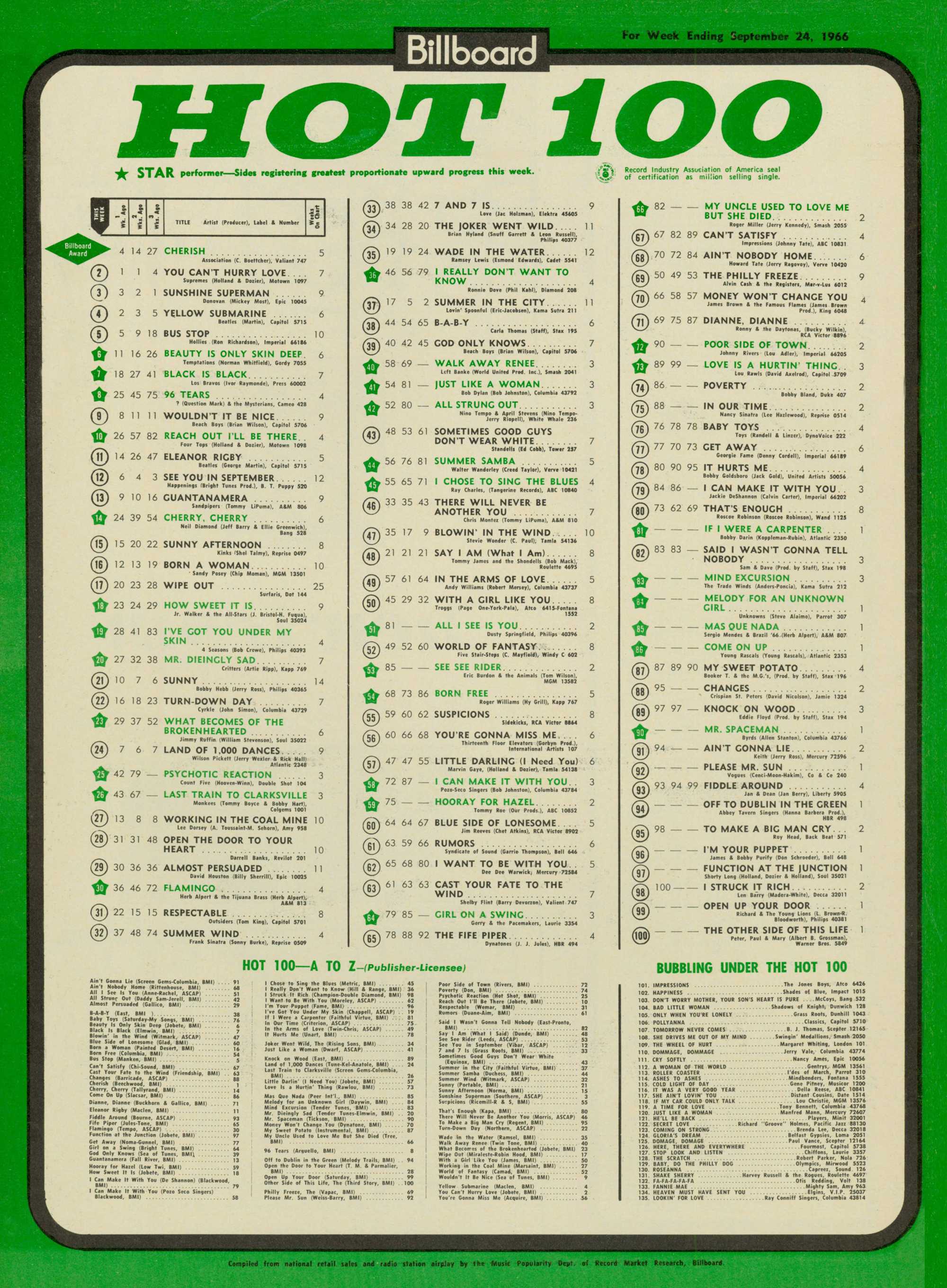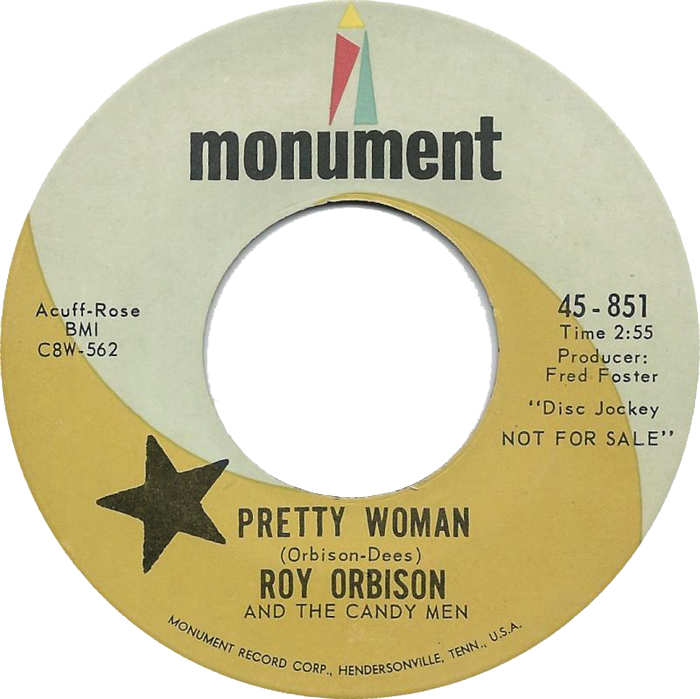 Trini Lopez’s Recent Continental Tour In Paris, Monte Carlo and the Riviera An Overwhelming Success, Europe Wants Him Back
Trini Lopez’s Recent Continental Tour In Paris, Monte Carlo and the Riviera An Overwhelming Success, Europe Wants Him Back
Trini Lopez: Europe’s Biggest Star
 Trini’s recent continental tour caused as much commotion in Paris, Monte Carlo and the Riviera as the Beatles did in the U.S.A., and they all want him back again.
Trini’s recent continental tour caused as much commotion in Paris, Monte Carlo and the Riviera as the Beatles did in the U.S.A., and they all want him back again.
MUSIC BUSINESS — (09/26/64) — If you’re part of the Jet set ‘in scene’, or you dig the discotheques and the West Coast sound in any one of its multiple facets, then you’ll appreciate that Trini Lopez is one of the leading members in all these fraternities.
At the risk of sounding a little cliche’d, but because there happens to be no other way of putting it, Trini has become the ‘darling of the discotheques’, not only here, but all over Europe where they originally started.
French scene. We caught Trini in New York last week on a 48 hour stop-over en route back to the West Coast, from a particularly successful two week season at the Paris Olympia, followed by a week of concerts on the Riviera, during which time he starred at the annual gala in Monte Carlo. The event was sponsored by Prince Rainier and Princess Grace, and generally only attended by the highest of society as the tickets work out to about $200 a throw! (At least!)
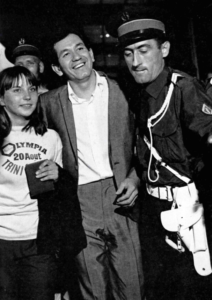
Trini digs working in France, but the French are really wild about Trini – as are the Germans, Italians, Dutch, Belgians, Swiss and Spanish.
“This last French trip was fantastic”, he enthused over veal cutlets at Danny’s Hideaway. “Everywhere I went, they went mad.
Greatest ever. “The Paris Olympia season was probably the greatest I’ve ever done. Maurice Chevalier, who never goes to the theatre except to see an opera,came to my opening night. So did Charles Aznavour, Keely Smith and Henry Mancini who was in Europe with his entire family.
“When I noticed Chevalier sitting in the audience, I dedicated a song to him, and everyone stood up and cheered. Then Chevalier rose and took a bow. After the show, he came backstage to talk with me. It was the first time I’d met him. I’m very impressed.
“Keely Smith had been appearing in Germany, so she dropped by to say hello, and I had calls from millions of people. Brigitte Bardot called me from St. Tropez, and said she learned to do the surf from all my albums, and all France is surf crazy.
Steals Show. “The audiences were beautiful. The first time I played the Olympia was earlier this year, when I appeared on the Beatles bill. The newspapers reported then that I’d stolen the show from the Beatles, and although I couldn’t believe a thing like that, when I got back this time the reception was unbelievable.
“There were riots all the time, and I had to keep doing encores. I loved it when some of the audience joined in on some of my songs like ‘Quando Caliento del Sol’, and they liked it when I spoke to them in French.
“When I arrived for the Olympia dates there was a whole crowd of fans at the airport wearing sweaters which gave my name and the dates I was playing the theatre.
“It’s amazing. It’s only been a year since I started recording, but there I was in France mixing with all the great people.”
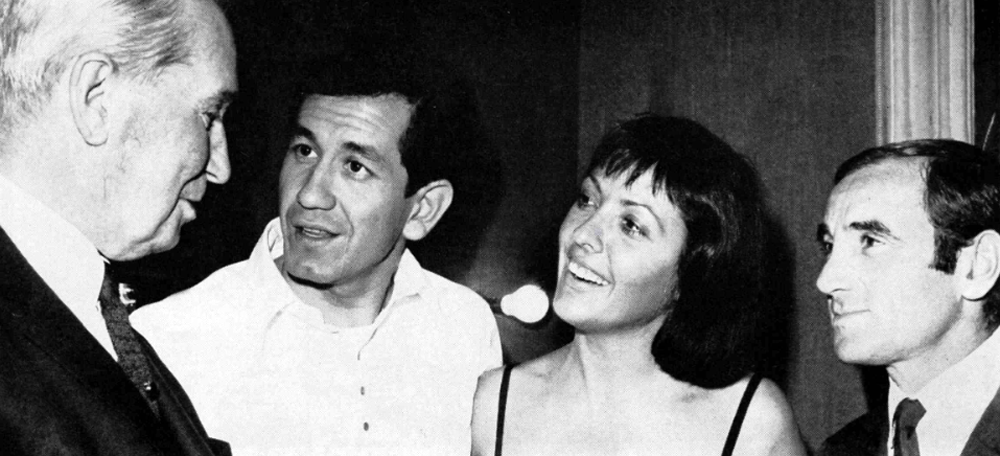
![]() Grand Prix award. In fact, Trini Lopez’ French success was consolidated earlier this year when he was awarded the “Grand Prix du Disque” as being the most popular singer in France. That’s why it wasn’t so surprising to learn that he had been invited to appear at the annual Gala in Monte Carlo.
Grand Prix award. In fact, Trini Lopez’ French success was consolidated earlier this year when he was awarded the “Grand Prix du Disque” as being the most popular singer in France. That’s why it wasn’t so surprising to learn that he had been invited to appear at the annual Gala in Monte Carlo.
“There were riots there too,” he admitted. “And the people that came to that show weren’t just ordinary people. They were real society. Anyway, I came on and did my act, and they kept on banging the tables for an encore, which I couldn’t do. They kept yelling ‘Encore Trini’, but after 45 minutes I was exhausted. In the end they all walked out of the gala without paying their tabs! The next morning, one of the French papers reported that I’d caused a mass riot!
At the discotheque. “After the gala I met Prince Rainier and Princess Grace, and believe it or not, spent an hour with them at the discotheque. Princess Grace is very charming, and spent most of the time talking about Hollywood.
“In Deauville, where he played a concert with Ray Charles, it was the same story. Riots and front page headlines. But after three weeks of wild chaos, which was nothing less than what the Beatles have been getting here, Trini was glad to be back in America.
Home Sweet Home.”You know the song, ‘I Love To Be In America,’ well that’s me,” he said. “There’s no place like home, even though I won’t be here too long.
“I noticed in my absence that my Latin album took off like crazy. I’ve wanted to record an LP in Spanish ever since I started singing, but I had no idea it would be such a big seller. I’m even more thrilled because I’m doing dates in South America later this year.
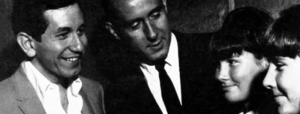
“Trini says it looks like he won’t be playing any discotheques here for quite a while yet, even though he would love to. He’s not scared of being labelled the “darling of the discotheques” as he admits to being a middle of the road singer who had to start off somewhere.
Surf Sound. He feels the discotheque sound is predominantly West Coast and exciting, but in France, it is labelled as the surfing sound, and its interpretation there has nothing to do with groups like the Beach Boys.
He is surprised and thrilled by his universal success, and proudly pointed out that “If I Had A Hammer,” his first disc on Reprise, reached number 1 in 20 countries, and sold in excess of 5,000,000.
Tight Schedule.”I want to go back to Europe again,” he said, “And I’ve been invited to play dates in Beirut, Germany and Israel, as well as France, Scandinavia and England. They all wanted me this time, but my schedule was too tight.
“I’d like to come back to New York too. I dug that booking at Basin Street East, and would like to play there again. I also enjoyed my recent concert at Forest Hills.
“But although I still live at home in Texas, I plan to move to the West Coast soon. That’s the greatest place of all.” END
_______________
Information, credit and news source: Music Business; September 26, 1964
![]()
![]()
![]() Trini Lopez died on August 11, 2020. He was 83. For his obituary, published in Rolling Stone please go HERE
Trini Lopez died on August 11, 2020. He was 83. For his obituary, published in Rolling Stone please go HERE
![]()


